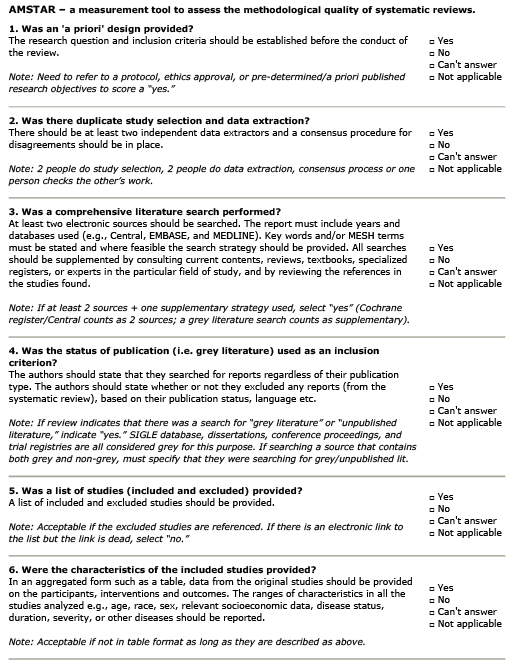What is the evidence for viscosupplementation in the treatment of adhesive capsulitis?
Summary
Patient Population:
Age ranged from 48 – 65.8 years. None of the primary studies reported stage of frozen shoulder in participating patients. Length of symptom duration was not noted. Proportion of female patients ranged from 63%-75%. The authors note that, from the primary studies, it was not clear whether participants had been treated previously.
Intervention:
Sodium hyaluronate (SA) 2mg, 20 mg, 30 mg (different dose in each trial identified). 2 mg (once per week for 5 weeks); 20 mg (once every 15 days for one month then monthly for 6 months) or 30 mg once a week for 2 weeks.
Comparison:
The authors identified 3 RCTs, all of which wereconsidered at high risk for internal bias. No pooled analyses could be completed. Comparison conditions included home exercise, physiotherapy or steroid injection. Of the 3, the one considered to be of best quality demonstrated benefit associated with 2 injections of sodium hyaluronate when compared to a home exercise intervention.
Outcome:
- Pain: There was no significant difference between treatment with sodium hyaluronate and steroid injection in terms of pain (1 study). However, combined therapy (SA + physio + steroid injection) appeared to provide superior pain relief vs. treatment with physio+steroid injection at 3-6 months (1 study).
- Function: Treatment with sodium hyaluronate appeared to be associated with improvement in function in the short term when compared with a placebo condition (1 study), but not when compared to either physiotherapy (1 study) or steroid injection (1 study).
- ROM: In the short-term, one study reported significant benefit associated with SA injection vs. placebo. No significant differences were reported between SA and steroid injections for ROM outcomes.




